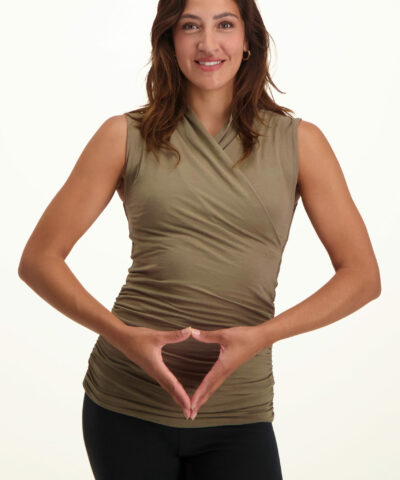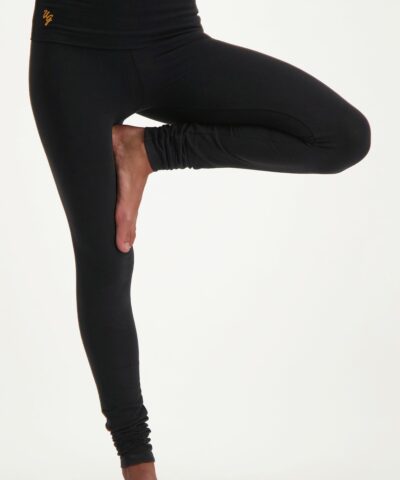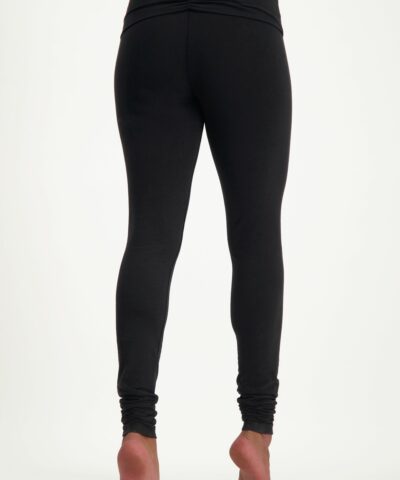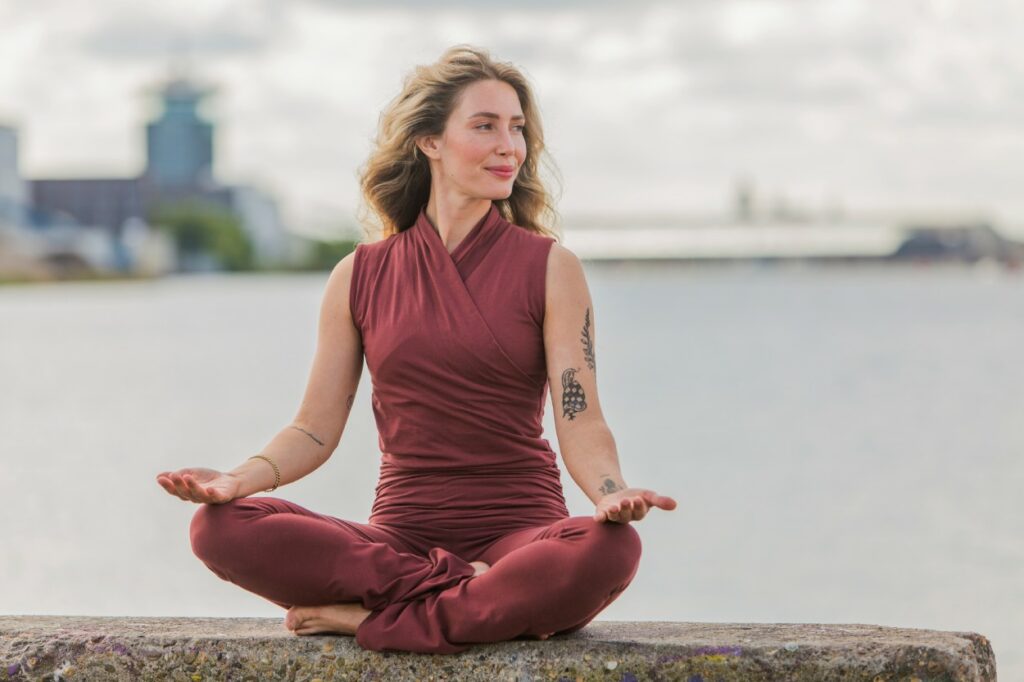The Wonders of Practising Yin Yoga: Finding Balance and Peace
Discover the Wonders of Practising Yin Yoga
If I had to name one style of yoga that is good for calming the mind and body, I would say Yin yoga is my favourite. Yin yoga can have a big positive impact on your physical and emotional health. With this blog, I want to encourage you to practice Yin yoga if you haven’t already. Why? Because it leaves you feeling relaxed and balanced.
Benefits of practising Yin yoga
- Calms and balances the mind and body
- Reduces stress and anxiety
- Enhances circulation
- Improves flexibility
- Releases fascia and improves joint mobility
- Balances the internal organs and improves the flow of chi or prana
What is Yin yoga?
Yin yoga, as we know it today, was founded in the 1970s by martial arts expert and Taoist yoga teacher, Paulie Zink. Its widespread popularity is mostly due to Yin yoga teachers and developers, Suzee and Paul Grilley, Sarah Powers and Bernie Clark.
While Yang yoga styles like Ashtanga and Vinyasa primarily engage the surface muscles, Yin yoga takes a different approach by gently targeting the deep connective tissues of the body, such as ligaments, joints, bones, and fascia networks. In a Yin yoga class, you can expect a series of relaxing floor poses, held for extended periods of up to 5 minutes or more. These poses mainly target the lower part of the body, including the hips, pelvis, inner thighs, and lower spine, which contain many connective tissues.
Not only does practising Yin yoga improve the flow of energy within the body, enhancing the vital energy known as “chi” in the organs, but it also offers a lot of mental and emotional benefits. By embracing this serene practice, you can discover a profound sense of peace and emotional well-being.
Is Yin yoga right for you?
If you find yourself exhausted and in need of a replenishing energy boost, or if you feel overwhelmed by constant stimulation and an excess of energy, Yin yoga could be the perfect yoga style for you.
In our fast-paced world, we are constantly bombarded with stimuli, keeping our minds busy with processing all the information. Regardless of whether the information is valuable or rubbish, our minds are still burdened with its processing. Over time, we get used to this level of stimulation and start to crave it, even in moments of silence. As a result, we often find ourselves mindlessly browsing and seeking distractions; it doesn’t matter what, as long as they fill the gaps.
Dynamic forms of yoga cater to this need to keep ourselves occupied. While active exercises may momentarily calm the mind, they still feed the part of us that craves intensity and stimulation. It’s not about cutting out dynamic yoga; rather, it’s about finding balance amidst the hustle and bustle of everyday life. One effective way to achieve this balance is by embracing the practice of Yin yoga.
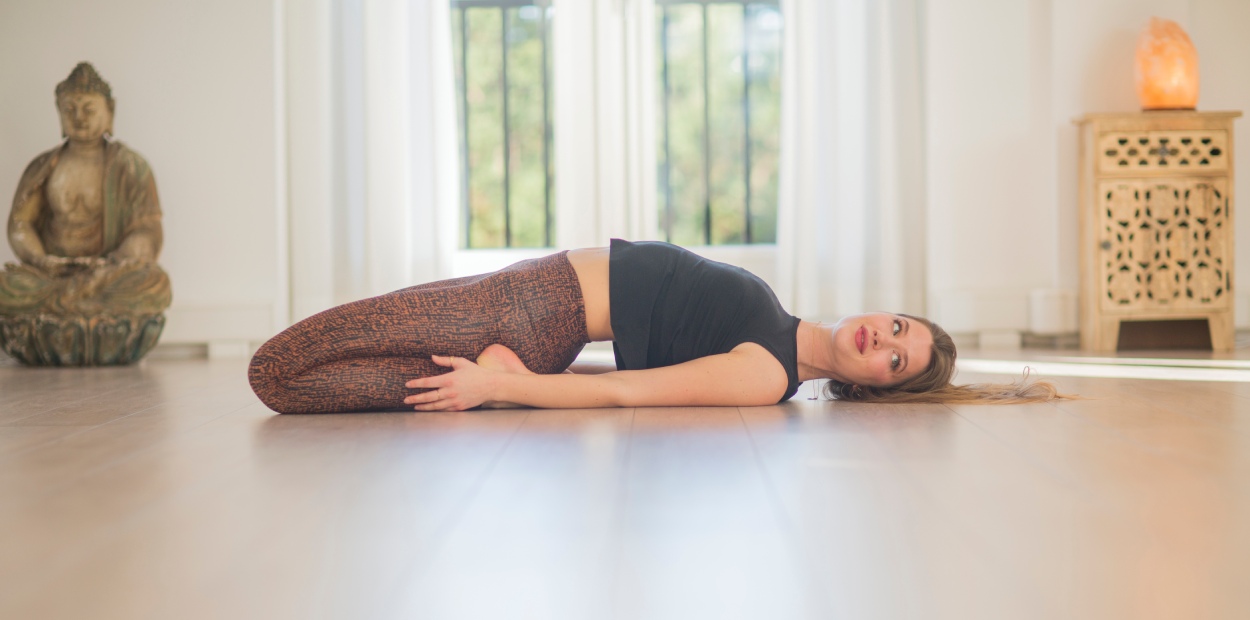
Yin yoga’s impact on the body
Yin yoga mainly targets the connective tissues, also known as the yin tissues. These tissues respond best to a slow and steady application of pressure, which is why Yin poses are held for longer durations. By gently stretching the connective tissue through prolonged pose-holding, the body responds by gradually increasing its length and strength—an ideal outcome.
Different Yin yoga poses stimulate and release blockages in the myofascial meridians within the body, creating more balance in the internal organs and systems. It’s important to note that Yin yoga requires the muscles to relax around the connective tissue in order to achieve a deep stretch. As a result, not all yoga poses are suitable or effective for practising Yin yoga safely. That’s why Yin asanas have different names.
Let’s look at the Baddha Konasana (Bound Angle pose). In a Yang yoga class, this pose involves lengthening the spine, stretching the back muscles, and engaging the leg and abdominal muscles to fold the torso toward the legs. However, in the Yin style version, which is known as Butterfly pose, the focus shifts. The muscles are intentionally relaxed, causing your spine to round naturally. This allows your head to come towards the knees, rather than the feet, as the body releases.
Yin yoga’s impact on the mind
When we get into a Yin yoga pose and hold it for a while, we create those spaces of stillness that I mentioned earlier. Allowing these spaces to remain empty creates an opportunity for whatever comes to the surface. It could be emotions such as anxiety, happiness, sadness, or even feelings of boredom—those suppressed feelings that often get overshadowed by the constant busyness of our lives. Practising Yin yoga grants you the space and time you need to let these emotions, thoughts, and feelings that we’ve kept hidden in the shadows emerge.
During a Yin yoga class, the focus is on acknowledging and accepting these feelings without identifying with them. You will be encouraged to simply observe them without getting caught up. Suppressing emotions costs a lot of energy, so the release you will experience when you allow them to come out can be just as big.
You learn to observe only the pure physical sensations of emotions, without getting caught up in the stories about those emotions.
These stories often revolve around why we feel a certain way or who may be to blame. By purely observing the physical sensations, without giving ‘juice’ to these stories, you provide a pathway for these emotions and physical sensations to get out of your system. This helps with clearing the mind of these often-unconscious emotions, allowing your system to fight any blockages they may have caused within the body. It is a wonderful and much-needed release.
Tips for practising Yin yoga
- Discover your comfortable limit: Approach each pose slowly and gently. Avoid pushing yourself to your maximum right away, and never stretch to the point of pain. Yin yoga is all about listening to your body’s signals.
- Embrace stillness: Make a conscious effort to release into each pose and try to remain still. Minimize fidgeting or excessive shifting of positions, allowing yourself to fully experience the pose.
- Hold the position: Begin by holding a pose for 1-3 minutes, increasing the duration to 5 minutes or more as your practice progresses.
Start your Yin yoga journey
Roll out your yoga mat, put on some comfortable yoga wear and enjoy the wonders of practising Yin yoga. With a wide range of classes, different instructors, and varying lengths, you can explore the yin yoga practice that suits your preferences and needs.
With love,
Esther
Source: Ekhart Yoga
Photos: Harold Pereira

